
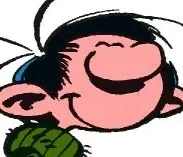
Is that true in real-world terms, though?
Considering how the AI technology works today, yes, I believe it is true. We can feed an AI model 100,000 images of animals and then play with it to see what “new” animals it creates… But that is no innovation for me. The technology may get there, eventually, but it is not at that point now.
Because as is, one can spend only a tiny effort using ChatGPT and generate medium-sized works of fiction that are functionally brand-new. Yes-- I realise that they’re still ultimately based on material they’ve been fed, but the more material they’ve absorbed, I imagine the less that’s necessarily a constraint.
Still. We can get the AI to mix multiple styles to the point that the outcome is disguised, or so loosely related to the original sources that one cannot recognize the parts, but even then, this is not what innovation is.
On top of that, is there anything preventing the prompter from doing the heavy-lifting of ‘innovation,’ creating the skeleton of the plot, while ChatGPT fleshes it all out?
Agreed. If the AI operator (or handler) adds their own input then the outcome becomes, at least partially, innovation. I have already used AI text tools for my work, and modified the outcome to fit my needs and preferences. It may not be innovation, but it is also not 100% AI as I have added my own input.
That is no the case with this post and the Moebius “AI generated art” examples. Making a claim that text based prompts generating Moebius art is innovation is…well… an insult to Moebius.
In the other hand, if I was an actual artist, using AI to mix my own art with Moebius art, that is another story. One could call that innovation, with some reserves.
Btw, Cabeza-- thanks for creating this thoughtful thread of scenarios and art. It’s nice to have discussions like these, and these issues clearly aren’t going away.
I am happy to collaborate with our community!

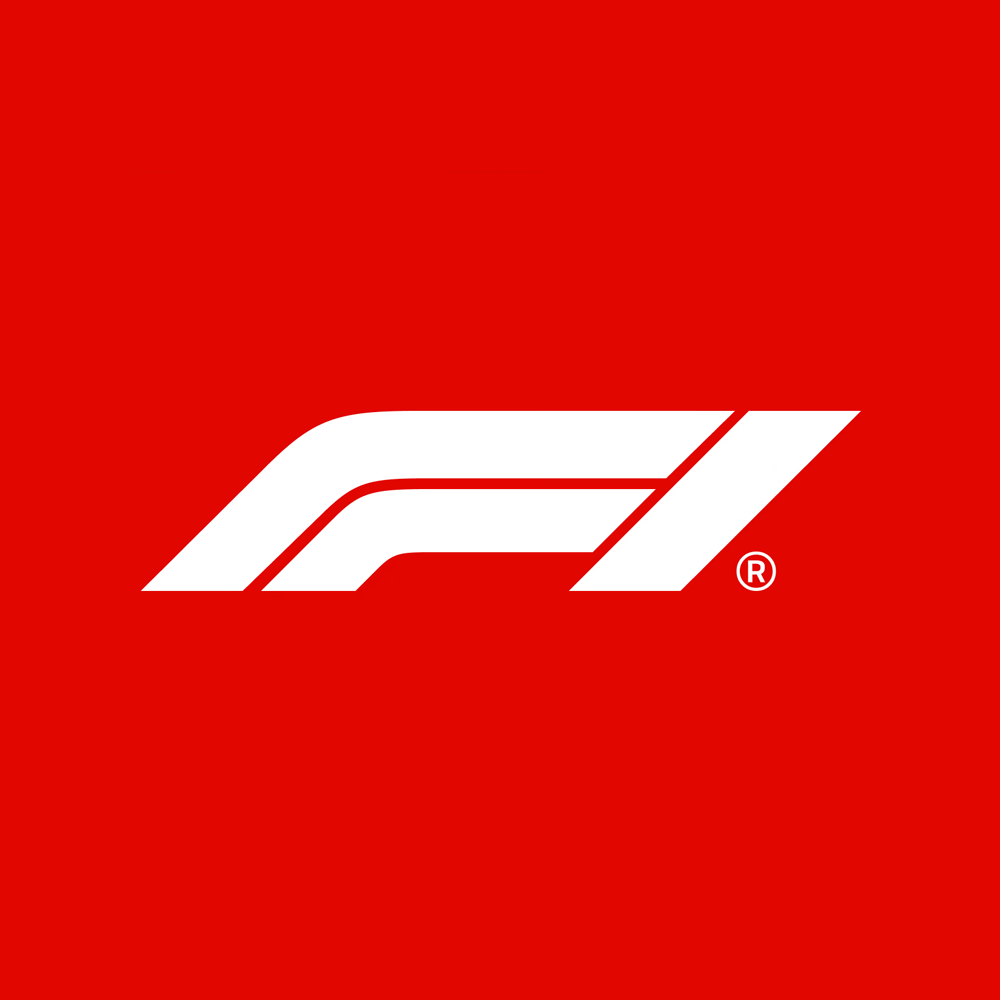
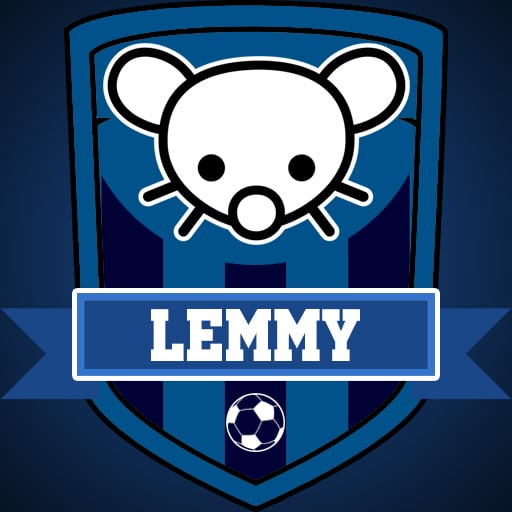



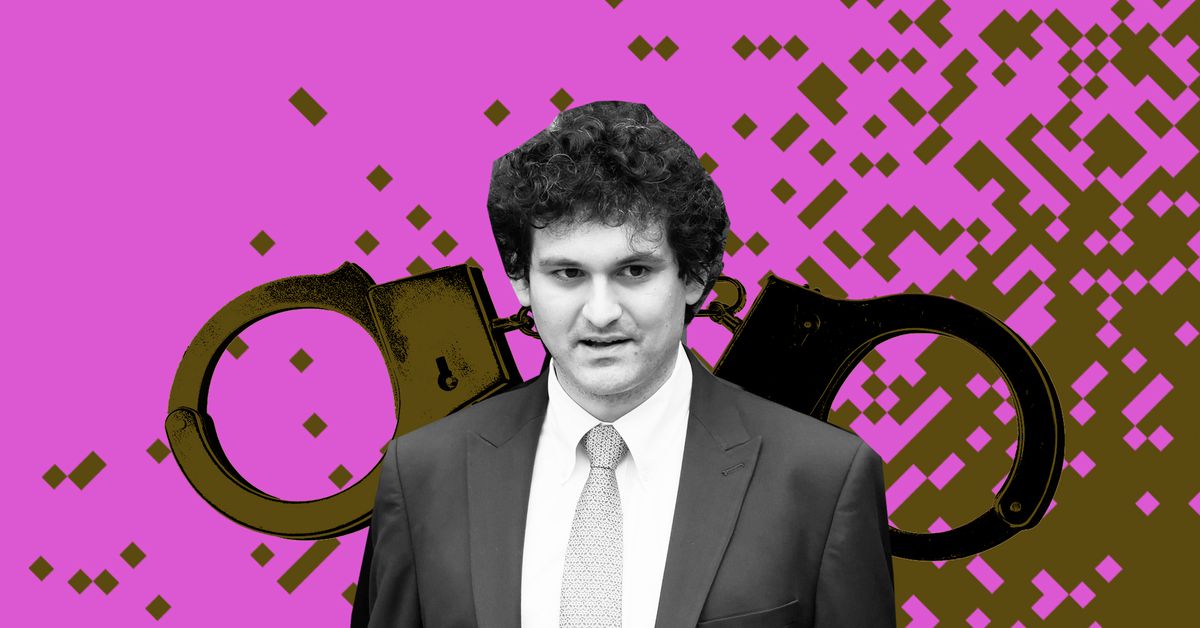








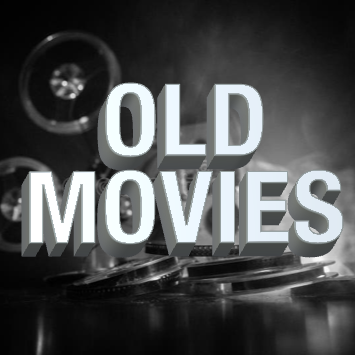

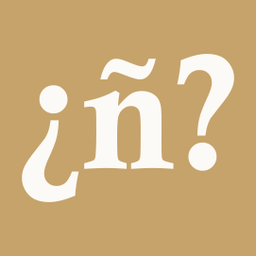

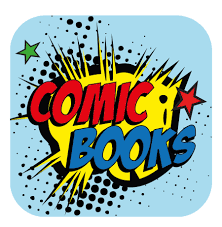


I can’t imagine an scenario where BG3 doesn’t win the GOTY.